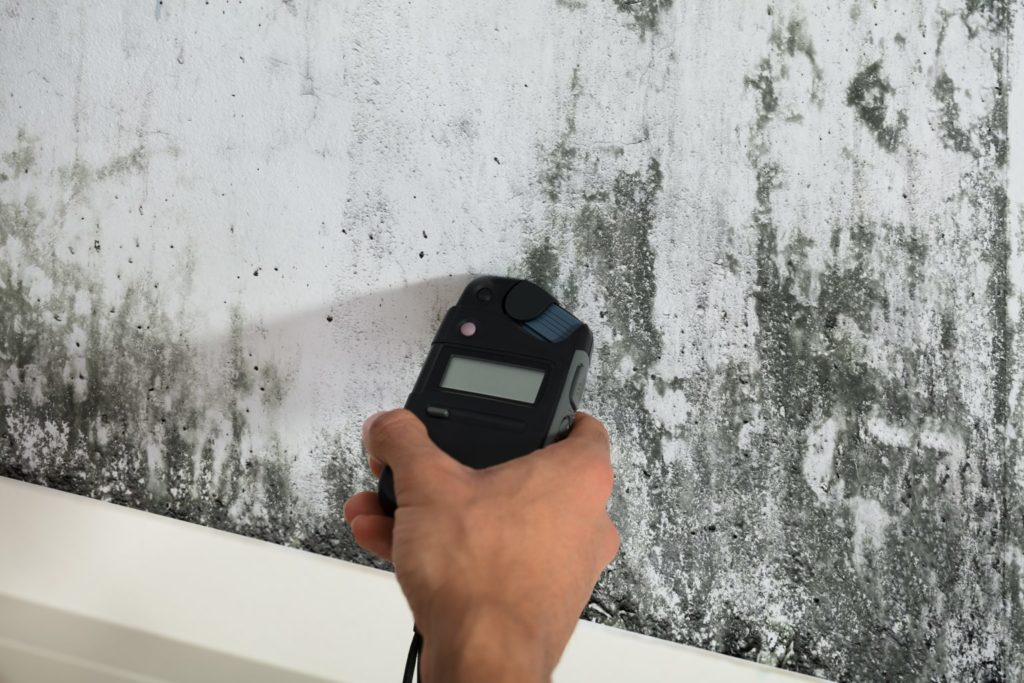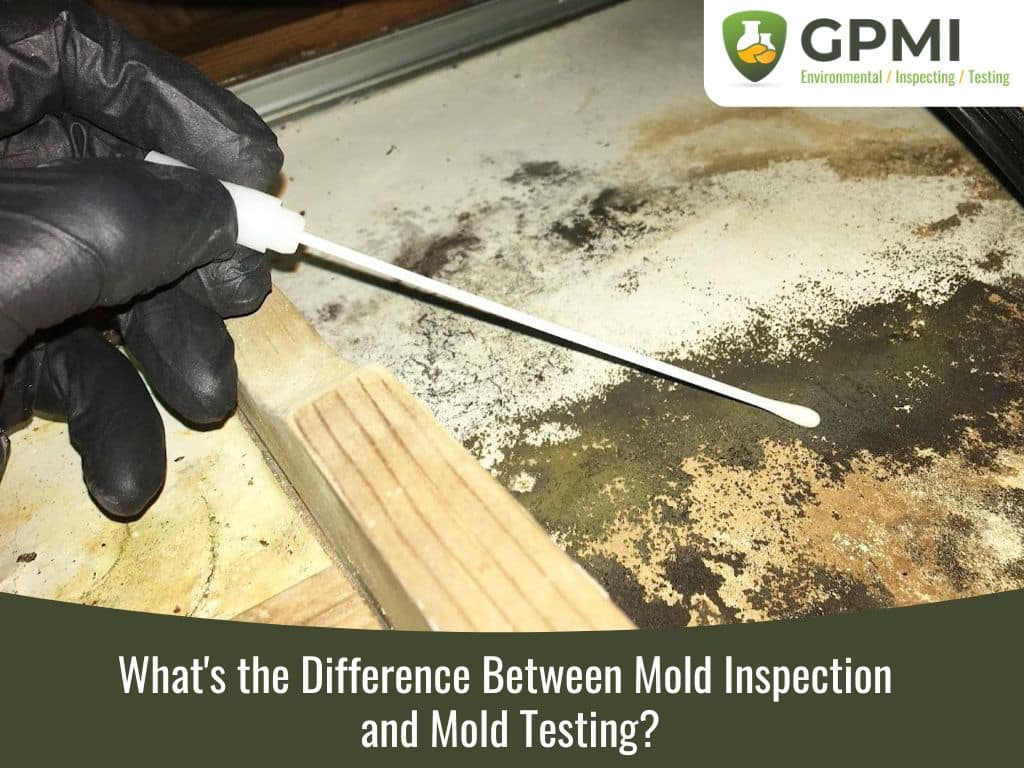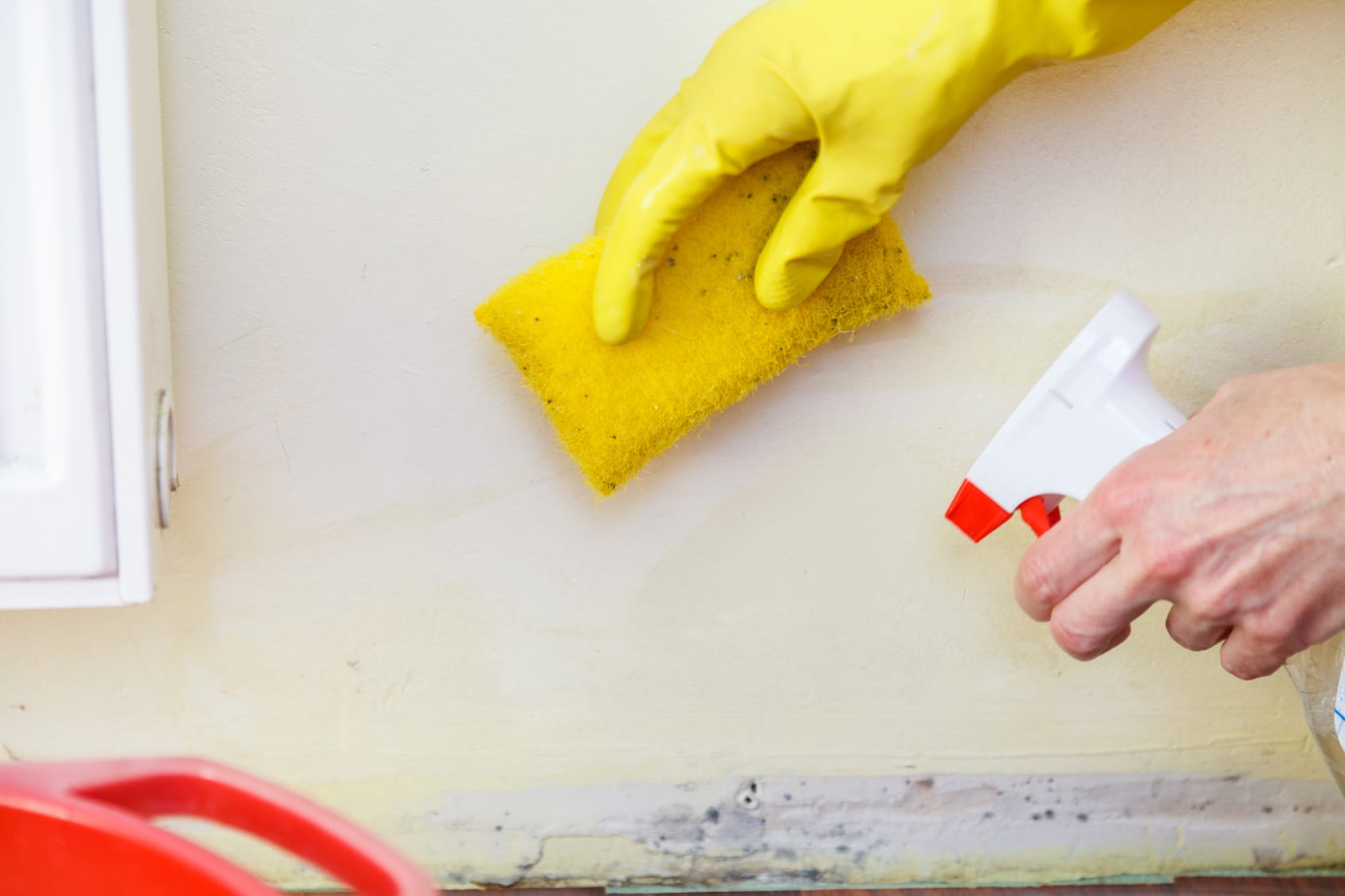Effective Post Mold Remediation Cleaning Protocols
Wiki Article
Effective Message Mold And Mildew Removal Solutions for Your Home
Mold and mildew development in homes can be a relentless problem, usually needing a methodical strategy for reliable post-remediation solutions. From understanding the variables that add to mold advancement to implementing proper cleansing techniques and dampness control measures, the process can be elaborate yet essential for keeping a healthy and balanced living atmosphere. Post Remediation verification.Understanding Mold And Mildew Development Factors
The primary factor contributing to mold and mildew growth is moisture. Mold and mildew spores need dampness to grow and sprout, making moist or damp atmospheres highly vulnerable to mold and mildew problems.
Additionally, air movement and light exposure can impact mold and mildew development. Locations that do not have correct air flow and all-natural light are more susceptible to mold and mildew development. By resolving these elements adequately, people can properly reduce mold and mildew growth and protect their living atmospheres.
Appropriate Mold Cleaning Techniques
Making use of efficient cleansing approaches is crucial in addressing and stopping the recurrence of mold contamination in indoor atmospheres. When dealing with mold, it is critical to prioritize safety and security by using safety gear such as goggles, masks, and handwear covers. The very first action in appropriate mold cleaning is to include the damaged location to avoid the spread of spores to unpolluted locations. This can be accomplished by securing off the space and using air scrubbers or negative air equipments to preserve air high quality.
Executing Dampness Control Measures
To effectively prevent mold development and contamination in interior settings, carrying out moisture control measures is critical. Wetness is the primary aspect that gas mold and mildew development, making it important to take care of humidity degrees within the home. One efficient action is to use dehumidifiers to keep interior moisture levels listed below 60%. Additionally, making certain proper air flow in locations prone to moisture accumulation, such as bathrooms and kitchen areas, can aid lower the danger of mold development. Frequently inspecting and repairing any leaks in plumbing, roofings, or windows is also essential in avoiding excess wetness buildup. Utilizing exhaust fans while cooking or bathing, and allowing air flow by maintaining furniture slightly away from wall surfaces can aid in moisture control. Furthermore, making use of moisture-resistant products in high-humidity areas, such as mold-resistant drywall and paints, can be useful. get redirected here By vigilantly executing these wetness control actions, home owners can effectively lower the possibility of mold and mildew recontamination and maintain a healthy interior environment.Using All-natural Removal Solutions
After effectively executing dampness control measures to stop mold development in indoor environments, house owners can now check out the effectiveness of natural removal options in maintaining a healthy and balanced space. Natural removal solutions make use of eco-friendly approaches to combat mold and mildew and mold, making them a popular choice for those seeking non-toxic alternatives. One such remedy is making use of vinegar, a natural antimicrobial agent, to disinfect and tidy surfaces contaminated by mold and mildew. Just dilute vinegar with water and spray it onto the impacted locations, allowing it to rest for a few hours before wiping tidy. Furthermore, tea tree oil, known for its antifungal residential or commercial properties, can be blended with water and splashed onto mold-infested surface areas to inhibit more growth. Another all-natural option is hydrogen peroxide, which can properly eliminate mold and mildew on numerous surfaces without leaving unsafe residues behind. By integrating these all-natural remediation options right into their cleaning routines, homeowners can effectively combat mold development while promoting a healthier interior setting for themselves and their family members.
Keeping a Mold-Free Atmosphere
Consistently evaluating locations vulnerable to mold and mildew growth, such as bathrooms, kitchen areas, cellars, and attic rooms, is vital. Proper ventilation in locations with high moisture levels is additionally essential to protecting against mold and visit homepage mildew growth.In addition, maintaining tidiness in the home is crucial for mold and mildew avoidance. Keeping interior plants in check and guaranteeing appropriate drain in outdoor landscaping can reduce dampness build-up, lowering the likelihood of mold and mildew problems.
view website
Verdict
Finally, it is crucial to address mold and mildew development elements, use correct cleaning methods, execute moisture control steps, utilize all-natural removal services, and keep a mold-free setting in order to effectively deal with blog post mold and mildew remediation in your house - Post Mold Remediation Report. By adhering to these methods, you can stop mold from recurring and guarantee a healthy and balanced living atmosphere for you and your family
The primary variable contributing to mold growth is wetness. Mold and mildew spores need dampness to prosper and sprout, making moist or damp environments very susceptible to mold invasions.To properly stop mold development and contamination in interior atmospheres, executing dampness control steps is critical. Additionally, guaranteeing proper air flow in areas vulnerable to moisture buildup, such as cooking areas and restrooms, can help minimize the threat of mold and mildew growth.After successfully implementing wetness control steps to stop mold and mildew growth in indoor environments, home owners can currently explore the effectiveness of natural removal options in preserving a healthy living space.
Report this wiki page